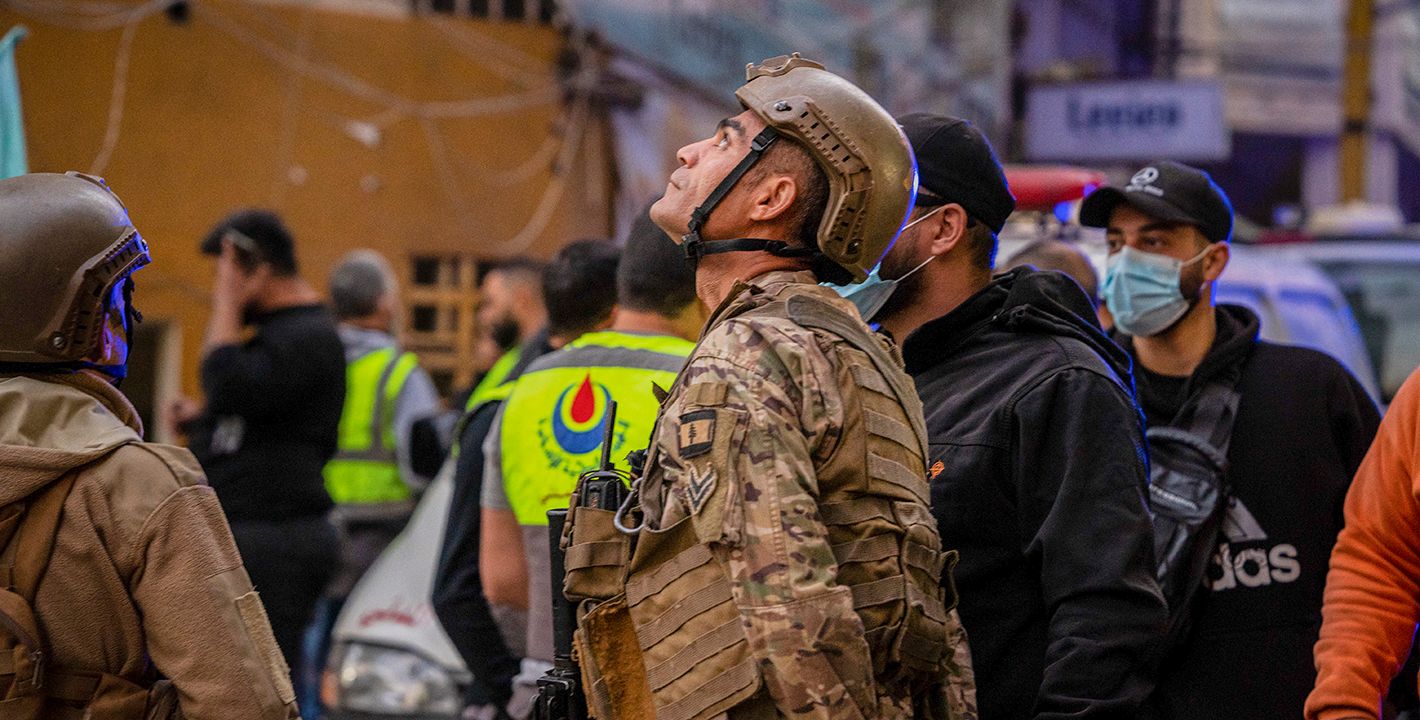Following the onset of the Hezbollah–Israel war on October 8, 2023, both sides deployed drones on a variety of missions, ranging from reconnaissance and message-broadcasting to espionage and targeted killings. Israel has continued the practice since its November 27, 2024, ceasefire with Hezbollah. In many ways, South Lebanon has become a testing ground for new drone system capabilities—such as occupying territory remotely instead of deploying troops on the ground, a move that would expose such forces to attacks and casualties. The extensive use of drones has, in effect, shifted the dynamics of attrition, placing those on the receiving end of occupation at an even greater disadvantage.
Israel maintained a 22-year occupation of South Lebanon between 1978 and 2000, relying on ground forces backed by air superiority. However, this presence came at a high cost, with more than 900 Israeli soldiers killed. To reduce their losses, the Israelis formed the South Lebanon Army, which was made up of Lebanese auxiliaries, numbering around 3,000 combatants. Today’s remote occupation, using drones, is far less costly and has spared the Israeli military the perils of direct exposure on the battlefield.
Since the ceasefire, Israel has carried out daily attacks that have killed around 300 people, including more than 100 civilians. Many of these were drone strikes. Drones have also been conducting regular search operations in southern Lebanese towns such as Khiam. In one reported incident, a drone stopped a car with tinted windows, ordering the driver to roll them down for inspection. In another, a local woman, an interior designer, was instructed by a drone to stop walking down the street so that her bag could be searched. Many of these encounters involve civilians, and appear intended to intimidate them and remind them that they are constantly being watched. One widely circulated Facebook post described a drone entering a family’s home and asking them: “You are drinking Nescafé?” Separately, a young man documented how drones follow him during his daily exercise routines, even when he visits his brother’s grave. Israel itself has circulated a video showing a fox hiding in a destroyed home, a symbolic reminder of the Jewish state’s ability to observe every detail in South Lebanon.
In response to the drones’ pervasive presence, local residents have developed coping mechanisms. These include changing the subject when discussing politics if a drone is overhead, and avoiding mobile phone communication during drone activity. Indeed, the compact flying machine has become a daily reminder of the ongoing war and its dangers. This takes an emotional toll on the local population, which has to deal with incessant buzzing and the loss of television signals when a drone is nearby.
As part of its collective intimidation tactics and psychological warfare, Israel has largely scrapped the traditional practice of dropping leaflets in favor of deploying drones equipped with powerful loudspeakers that transmit messages to residents of southern towns. Recently, one such drone broadcast a warning directed at Tareq Mazraani, an engineer from South Lebanon involved in reconstruction. The message accused him of collaborating with Hezbollah, an allegation he has since publicly denied, and cautioned others against working with him. The targeting of Mazraani is part of an apparent policy aimed at preventing more than 100,000 Lebanese from returning to their homes in the border region, signaling Israel’s interest in maintaining a depopulated buffer zone. The same objective has seen Israel use drones to thwart reconstruction by routinely destroying rubble-clearing bulldozers in the border region.
Given the manifold capabilities of drones, locals’ assumptions regarding their extensive ability to snoop and extract data is not far from reality. Israeli drones such as the Hermes 450 and 900 can operate as airborne sensors that passively collect radio and network signals. This practice, known as signals intelligence (SIGINT), includes the harvesting of basic metadata from nearby devices and the interception of different frequencies and wavelengths such as WIFI, GPS, mobile network exchange, and pagers. The resulting trove of information can be used to map behavioral patterns and, through artificial intelligence, cross-checked against data that is already on hand. SIGINT can also support more advanced digital surveillance methods, enabling intelligence operations to target specific areas or devices with greater precision.
Drones have also been deployed to assist human intelligence on the ground. A drone was reportedly used to escort a Lebanese spy across the border to meet his handlers inside Israeli territory. According to the Lebanese military, which later arrested the man, he had been recruited through social media. He reportedly claimed that the drone not only guided him through the border undetected but also provided protection during his movement.
In sum, South Lebanon has become a theater of war in which drones are not merely instruments of assault but tools of surveillance, intimidation, and population control. Through reconnaissance missions, targeted strikes, psychological operations, and data interception, drones have transformed the nature of the occupation itself. What once required a permanent military presence and direct engagement is now executed remotely, with minimal risk to Israeli soldiers. This evolution marks a shift toward a model of control exercised from the air, without boots on the ground, yet one that nonetheless reaches deeply into the daily lives and private spaces of those below. Counterinsurgency and occupation have become automated.
* Mohamad Najem is the executive director of the Beirut-based digital rights organization SMEX (smex.org).




